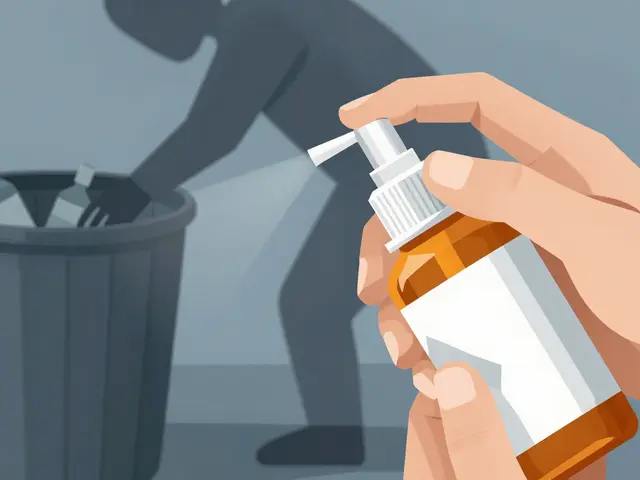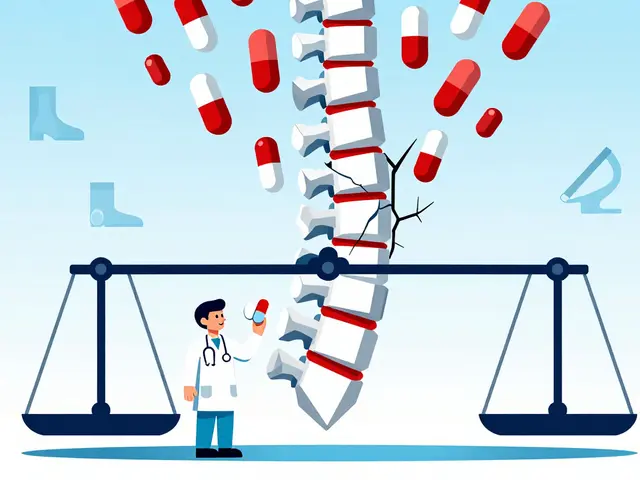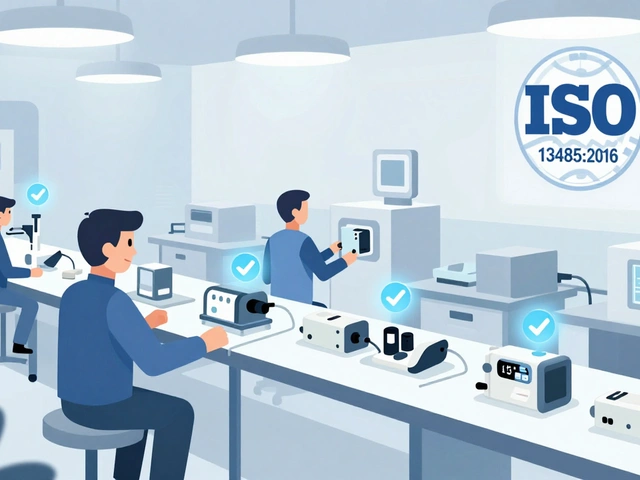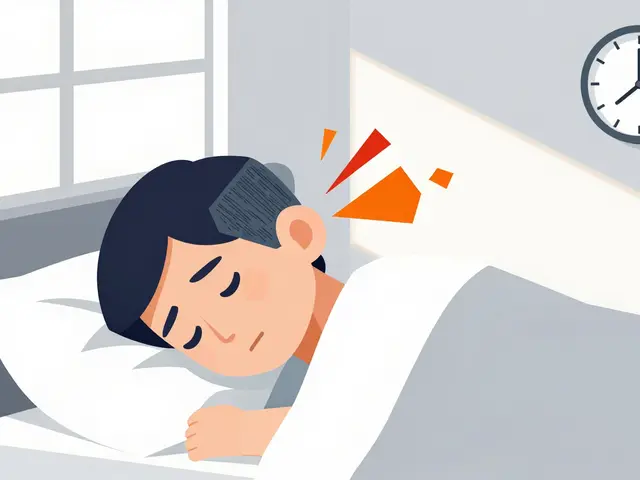Hormonal Acne Solutions: Treatments, Tips, and What Works
Hormonal acne sucks — it usually shows up on the lower face, jawline, or neck and often flares around your cycle or with stress. If you’ve tried random face washes and still get monthly breakouts, that’s a sign hormones may be driving things. The good news: there are clear options that work better than one-size-fits-all skin routines.
Common treatments that actually help
Topical retinoids. Tretinoin is a go-to for hormonal acne because it speeds cell turnover and lowers clogged pores. You might feel dryness or flaking at first; start slow and use a pea-sized amount at night. For more on strength options, read our guide "Selecting the Perfect Tretinoin Strength for Your Skin."
Benzoyl peroxide and cleansers. Benzoyl peroxide cuts bacteria and inflammation. Use it in the morning or on spot treatments if full-face use is too drying. Pick a gentle cleanser and skip scrubs that irritate skin.
Combined birth-control pills. For people who menstruate, certain combined oral contraceptives can reduce androgen-driven oil production and smooth out acne cycles. This is a prescription option to discuss with your doctor.
Spironolactone. Often prescribed for adult women with persistent hormonal acne, spironolactone lowers the effect of androgens on the skin. It can take 8–12 weeks to see steady improvement. Talk to your provider about dosing and monitoring.
Short antibiotic courses. Oral antibiotics can calm inflamed cysts quickly but are best used short term to avoid resistance. Your clinician may pair them with topical treatments for a smoother transition.
Isotretinoin for severe cases. When nodules and scarring threaten, isotretinoin can be life-changing. It requires close medical supervision. Ask a dermatologist if your acne fits that category.
How to pick a plan and avoid common mistakes
Keep your routine simple. Too many active products at once cause irritation and set back results. One prescription treatment plus a gentle cleanser and moisturizer beats a dozen random serums.
Give treatments time. Hormonal acne needs patience — expect at least 8–12 weeks to judge whether something is working. Track photos every two weeks to see subtle progress.
Watch for side effects. Dryness, irritation, and increased sun sensitivity are common with retinoids and some prescriptions. Use sunscreen daily and adjust strength if your skin can’t tolerate it.
Talk to a dermatologist. They can match treatments to your pattern of breakouts, consider blood tests if needed, and help with prescriptions like spironolactone or isotretinoin.
If you’re unsure where to start, check our tretinoin strength guide and our articles on safe medication purchasing. And remember: consistent care and the right medical support beat quick fixes.
If your breakouts follow a predictable pattern or come with irregular periods, excess hair, or weight changes, ask about PCOS testing. Simple blood tests can check androgen levels. Managing stress, improving sleep, and cutting back on high-glycemic foods helps some people, though results vary. Avoid squeezing deep cysts yourself — that can make scarring and infection worse. If scarring starts, see a dermatologist early for options such as professional extraction, chemical peels, or laser treatments.
Start with one clear step.
Exploring five effective alternatives to Isotroin in 2025, this article delves into both synthetic and natural options for managing acne. From holistic approaches that require lifestyle changes to medications focusing on hormones, readers will find insights into different methods. Each alternative is examined for its benefits and downsides, offering a comprehensive view of acne management today. Discover which approach might suit you best based on personalized needs and concerns.
Continue reading...






